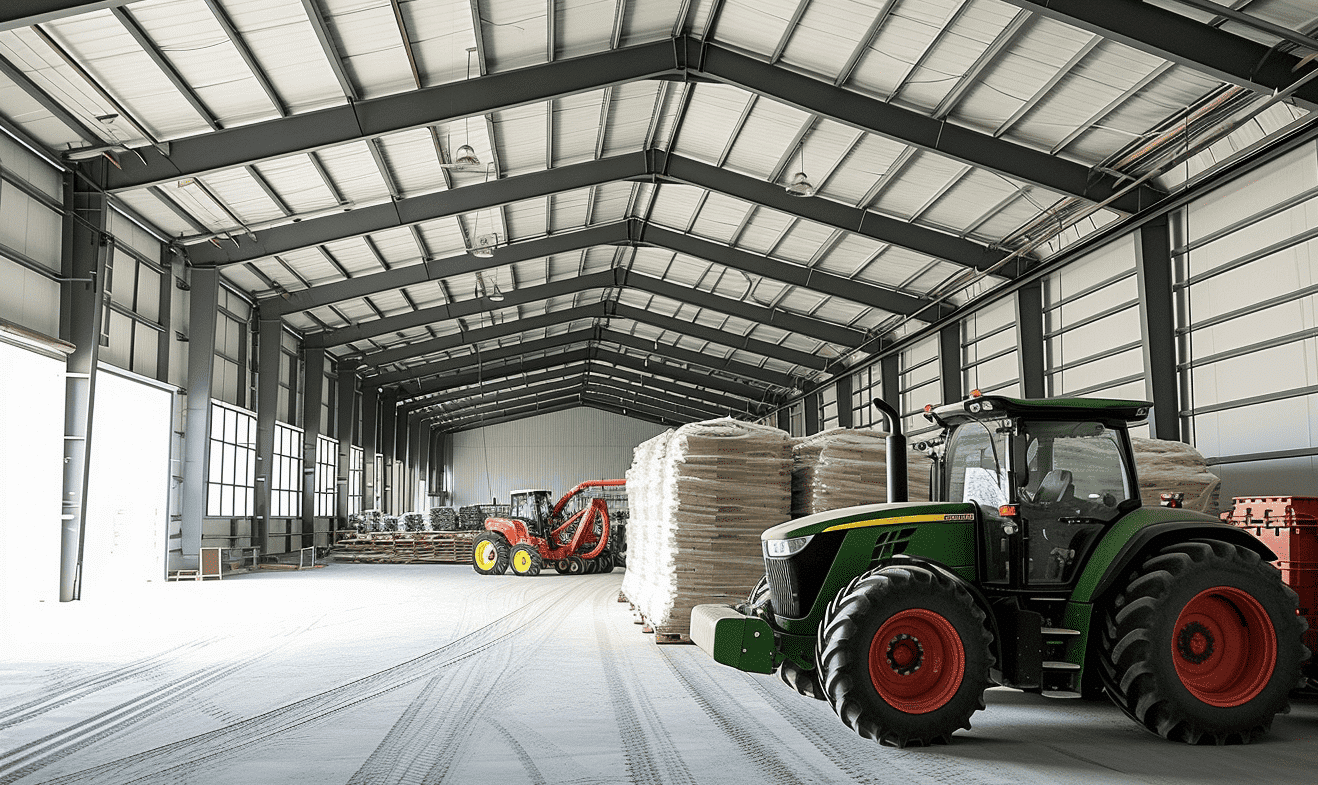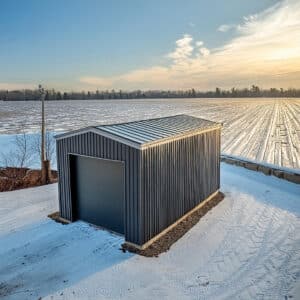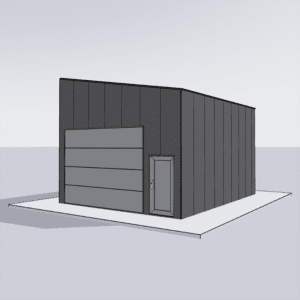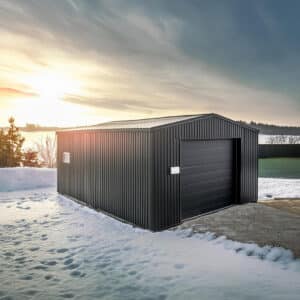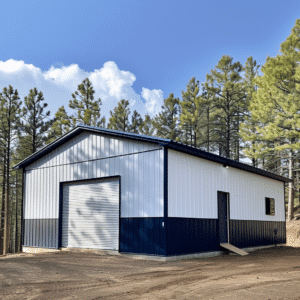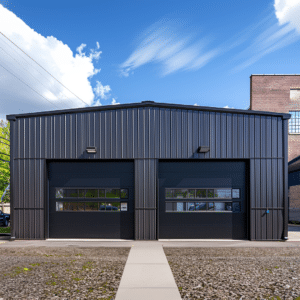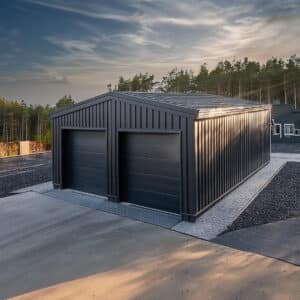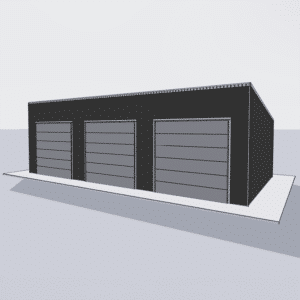When you embark on the journey of designing your future home, deciding between modern and traditional home design can feel like choosing between a luxurious sports car or a classic, vintage ride. Both have their unique appeal and bring different vibes to the table, so which one is right for you? In this article, I’ll guide you through the intriguing nuances of modern vs. traditional home design and help you decide which style best fits your lifestyle and preferences.
Understanding Modern Home Design
Modern home design is characterized by its clean lines, open spaces, and an emphasis on functionality. This style often incorporates materials like steel, glass, and concrete to create a sleek and minimalist aesthetic. It’s not just about removing clutter — it’s an architectural philosophy that embraces simplicity.
The essence of modern design prioritizes open-plan interiors, which seamlessly blend different living areas without walls or doors. This design approach is reflected in many contemporary homes found on Houzz, where the seamless transition from one space to another is both functional and visually pleasing.
In addition to spatial efficiency, modern designs embrace the latest technology. Want a home that listens to you and even anticipates what you’ll want next? These tech-heavy designs often integrate smart home features that connect gadgets and control systems through automation.
Modern Home Design Highlights
1. **Open Space**: Forget the barriers and closed rooms. Modern homes focus on expansive living areas.
2. **Minimalism**: Less is definitely more. This philosophy regards everything as having a purpose or being out of place.
3. **Latest Technology**: Think of homes that ‘talk’ to you and adjust lighting or temperature based on your schedule.
4. **Steel Frame Structures**: Consider exploring Custom Metal Homes | Steel Frame House Building Kits for a sleek, durable option that epitomizes modern aesthetics.
Diving Into Traditional Home Design
Traditional home design carries an air of timelessness. Rooted in historical architecture, it boasts intricate details, rich colors, and an inviting, familiar feel. Think of a classic novel you return to time and time again; that’s how traditional homes make you feel.
From opulent Victorian designs with their famed bay windows and turrets to the more understated (but equally cozy) Colonial style with its symmetry and stately front doors, traditional homes offer warmth and character, providing a cozy retreat from the hustle and bustle of modern life. They often utilize materials like brick, wood, and stone — all contributing to creating a warm and inviting atmosphere.
Traditional Home Design Highlights
1. **Ornate Details**: Wainscoting, crown molding, and textured wallpapers create an enchanting interior.
2. **Warm and Cozy**: Use of earthy colors and woodwork creates a welcoming atmosphere.
3. **Distinct Rooms**: Unlike open spaces in modern designs, traditional homes feature specific rooms for specific functions, offering privacy.
4. **Classic Materials**: Brick, wood, and stone bring an enduring quality to traditional homes.
Blending the Styles
Who said you can’t have your cake and eat it too? It’s quite possible to blend elements from both modern and traditional designs to craft a personalized home. By combining elements — such as using a steel frame structure but incorporating traditional features like a stone fireplace — you create a harmonious blend that reflects your tastes. In fact, many custom home builders specialize in seamlessly integrating distinct design elements to produce bespoke masterpieces.
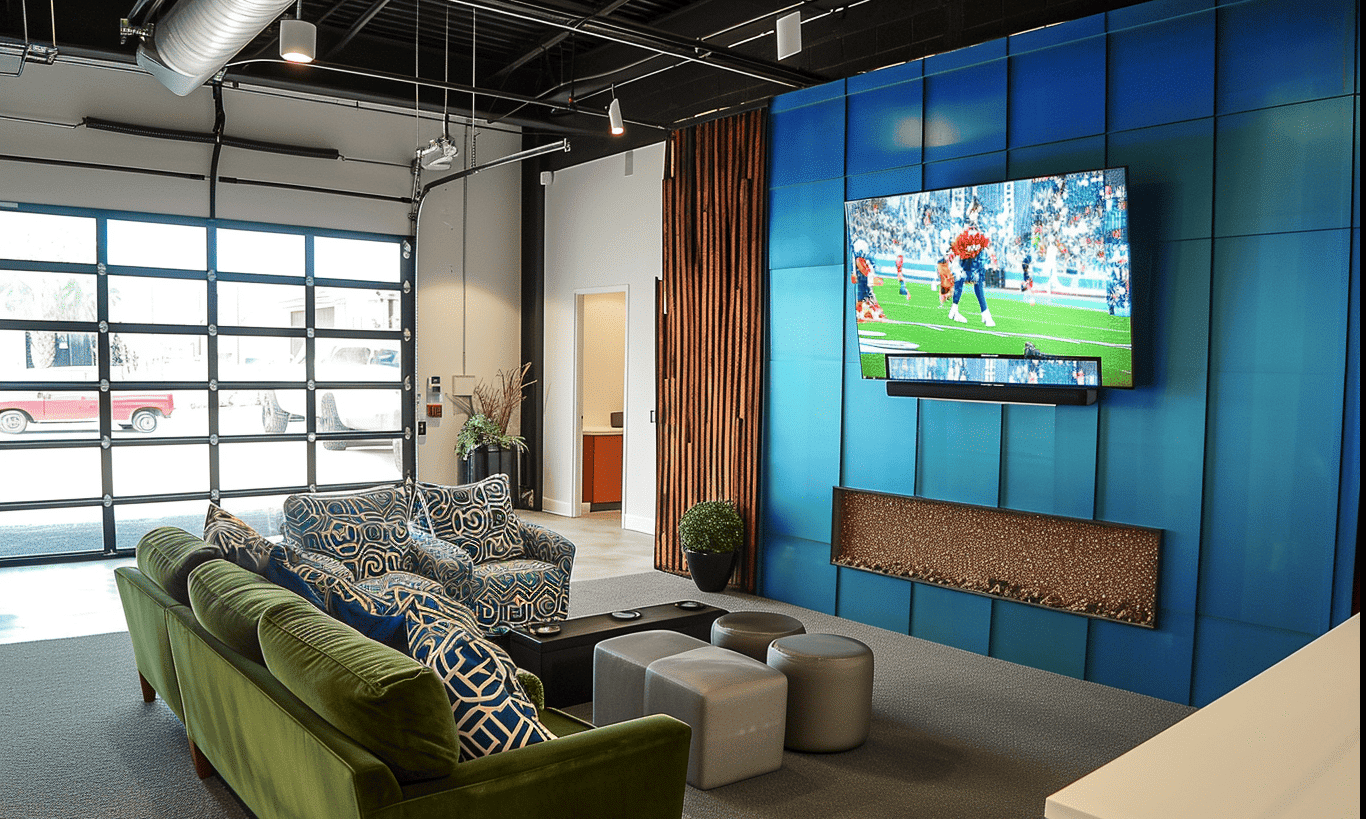
When choosing a design approach, it may be helpful to consult emerging design frameworks. Some home design trends 2025 are forecasting a fascinating mix of innovation and nostalgia, where both modern and traditional designs evolve to meet contemporary needs.
Open Concept vs. Traditional Floor Plans
One of the most significant decisions you’ll make while designing your home is choosing the right floor plan. This choice dictates how you’ll interact with your space daily. Should you lean into the openness modern homes provide, or favor the distinct, comforting rooms of a traditional home?
Open concept designs usually foster a sense of connectivity and inclusivity, perfect for those who enjoy continuously flowing areas and multi-purpose rooms. Conversely, traditional floor plans offer privacy and order. Learn more about choosing the right floor plan for your needs from our detailed comparison of Open concept vs. traditional floor plans.
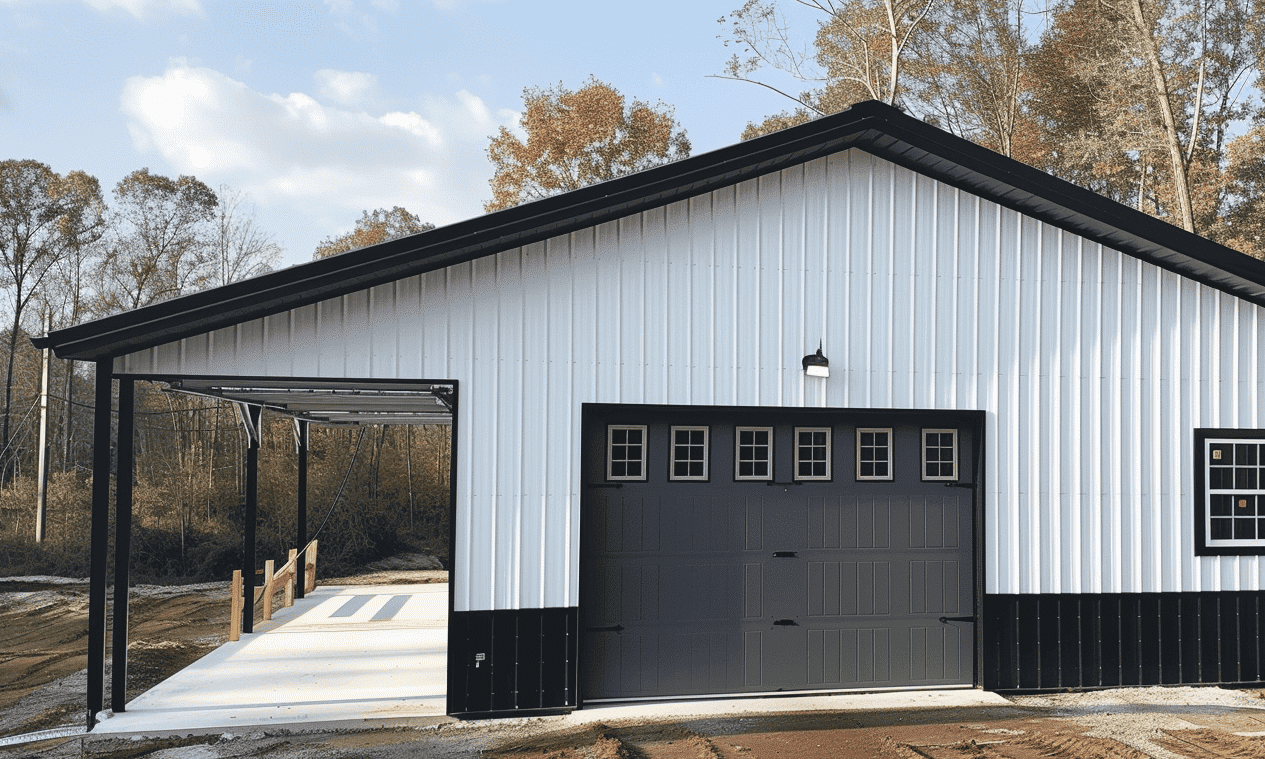
Making Your Decision
The choice between modern vs. traditional home design is ultimately down to your personal preferences, lifestyle, and vision for your home. Do you enjoy the futuristic allure of modern design and open spaces, or does the rich history encapsulated in traditional design speak more to your soul? Understanding each design’s unique features, strengths, and compromises equips you with the tools needed to create the perfect sanctuary.
The decision is like choosing a book to read: one might suffice, or a blend of several styles might provide the eclectic mix that resonates with you. Engage with the creative possibilities and trust your instincts as you venture through this essential phase in your home-building journey.

In conclusion, whether it’s one chapters or a blend of both, your home’s story promises to be a captivating one, written just for you.


